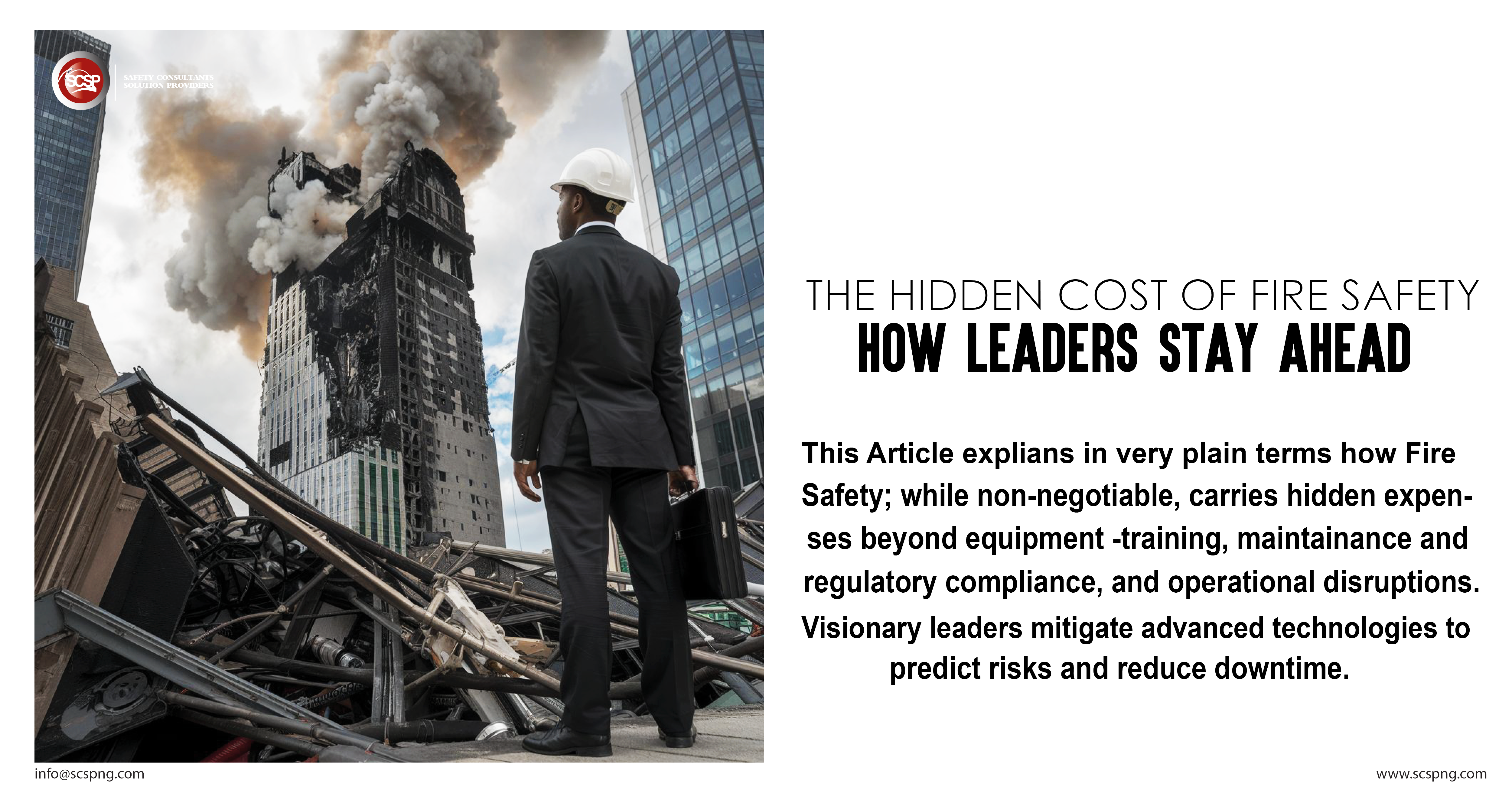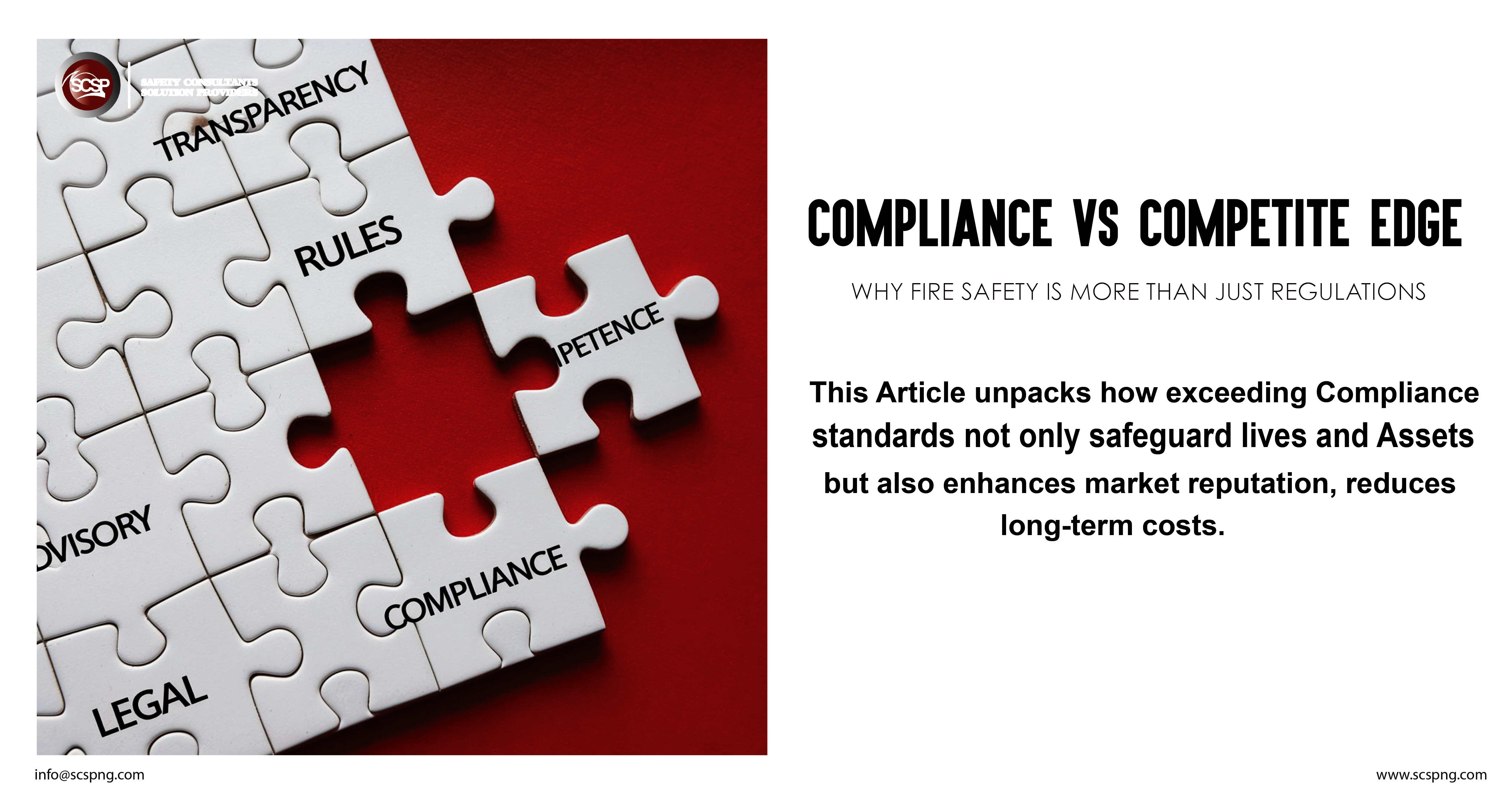Fire safety is often viewed through the lens of compliance—meeting regulations, installing extinguishers, and conducting drills. However, visionary leaders recognize that the true cost of fire safety extends far beyond upfront equipment investments. Hidden expenses like operational downtime during system upgrades, employee retraining, reputational risks post-incidents, and evolving regulatory fines can silently erode profitability. For businesses in Nigeria, where infrastructure challenges and rapid urbanization heighten fire risks, these costs are amplified. A reactive approach can lead to catastrophic financial and operational setbacks, but proactive leaders leverage fire safety as a strategic differentiator, embedding resilience into their corporate DNA.
Take Dangote Group, Nigeria’s industrial powerhouse, as a case study. In 2020, the company invested heavily in modernizing fire safety protocols across its cement plants and refineries. Beyond installing AI-powered smoke detectors and automated suppression systems, Dangote addressed hidden costs by integrating fire risk assessments into its ESG (Environmental, Social, Governance) framework. This proactive move minimized production halts during upgrades, reduced insurance premiums by 18%, and fortified stakeholder trust. By training over 5,000 employees in fire prevention and emergency response, Dangote turned compliance into a culture of safety, slashing incident-related downtime by 30%. Their strategy underscores how foresight transforms fire safety from a cost center into a value driver.
Staying ahead demands a holistic view. Leading Nigerian firms now partner with tech-driven safety consultants to conduct predictive risk analytics, ensuring systems evolve with emerging threats like electrical faults or flammable material storage. They also negotiate “safety-linked” insurance policies, where premiums drop with demonstrable risk reduction. For example, Nestlé Nigeria’s collaboration with local fire agencies to digitise evacuation drills cut response times by 40%, safeguarding both lives and supply chain continuity. Ultimately, the hidden costs of fire safety are not liabilities but opportunities. By prioritising innovation, employee engagement, and agile risk management, leaders don’t just mitigate disasters—they build brands synonymous with trust, reliability, and long-term resilience in Nigeria’s dynamic market.









